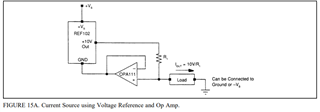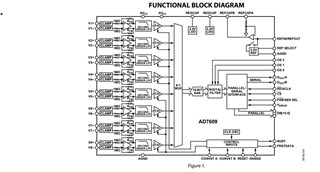Other Parts Discussed in Thread: OPA2182, REF102, OPA2192, ADS8588S, ADS8688
Tool/software:
For a new project we are starting I have to design an interface PCB for a flux sensor (Hall sensor) that has to interface with an external analog I/O module with -20V..+20V differential input range.
For the flux sensor I need an accurate current source of 2mA. Therefore I want to use the REF35300 with opamp feedback like described in SBOA046 (page 6 at https://www.ti.com/lit/an/sboa046/sboa046.pdf)
I need 2mA current so I can use a 3V ref and 1k5 low TCR resistor. Furthermore I searched for an opamp with low offset (the OPA111 is very old in this example) and I think the OPA182 (or OPA2182 because I also need an extra opamp for inverting my ref voltage for offset compensation of my instrumentaiton opamp) could be a could candidate for this.

Furthermore the amplified output of the instrumentation amplifier (-10V..+10V) that amplifies the diff voltage of the flux sensor that acts like a kind of wheatstone bridge needs to be converted from single ended to differential (I will use a low noise power supply of +12V/-12V for this).
Do you think I can also use the same opamp (OPA2182 so i have dual version) for this task where I use 1 opamp as unity gain buffer for the positive side and the other as unity gain inverter for the negative siude? What is the max capacitive load for this opamp with unity gain amplifying? Or do you suggest another type of opamp for this task? Our bandwidth will be max 20kHz so I think that is not a problem for most opamps. But the opamp must operate at +12V/-12V dual supply because of the analog range. The output of my flux sensor interface PCB has to be connected to the input of the external analog I/O module via cable (I guess 0.5mtr max) with the following analog input specs:





